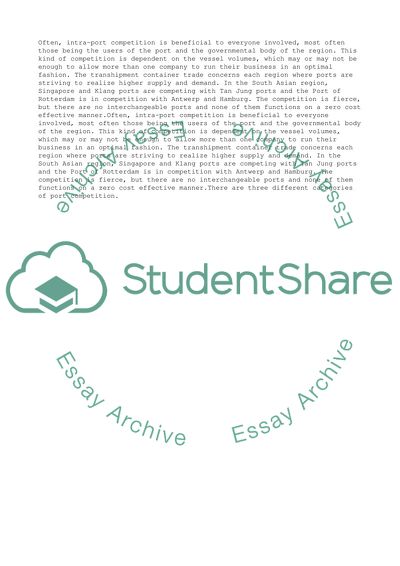Cite this document
(“Major Container Shipping Lines of Singapore and Port Klang Research Paper”, n.d.)
Major Container Shipping Lines of Singapore and Port Klang Research Paper. Retrieved from https://studentshare.org/management/1578980-major-container-shipping-lines-of-singapore-and-port-klang
Major Container Shipping Lines of Singapore and Port Klang Research Paper. Retrieved from https://studentshare.org/management/1578980-major-container-shipping-lines-of-singapore-and-port-klang
(Major Container Shipping Lines of Singapore and Port Klang Research Paper)
Major Container Shipping Lines of Singapore and Port Klang Research Paper. https://studentshare.org/management/1578980-major-container-shipping-lines-of-singapore-and-port-klang.
Major Container Shipping Lines of Singapore and Port Klang Research Paper. https://studentshare.org/management/1578980-major-container-shipping-lines-of-singapore-and-port-klang.
“Major Container Shipping Lines of Singapore and Port Klang Research Paper”, n.d. https://studentshare.org/management/1578980-major-container-shipping-lines-of-singapore-and-port-klang.


